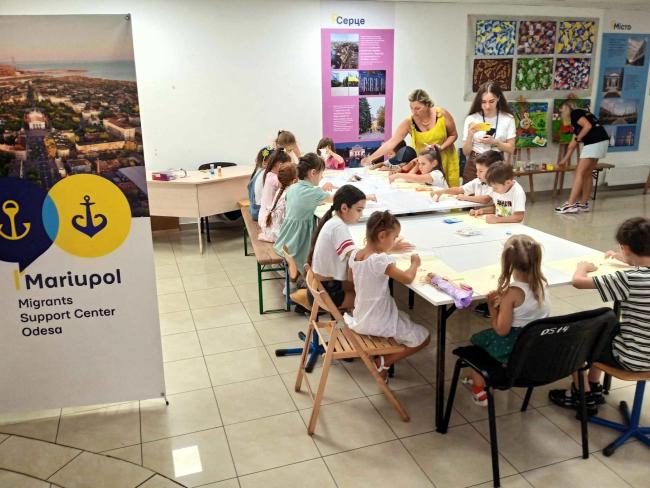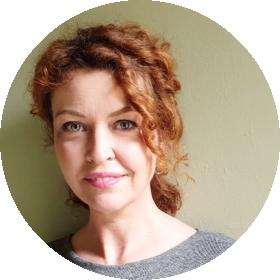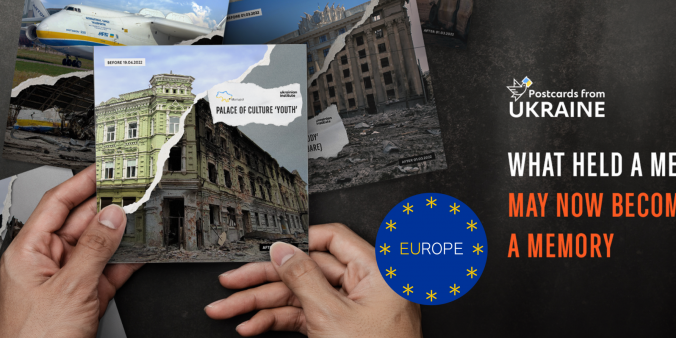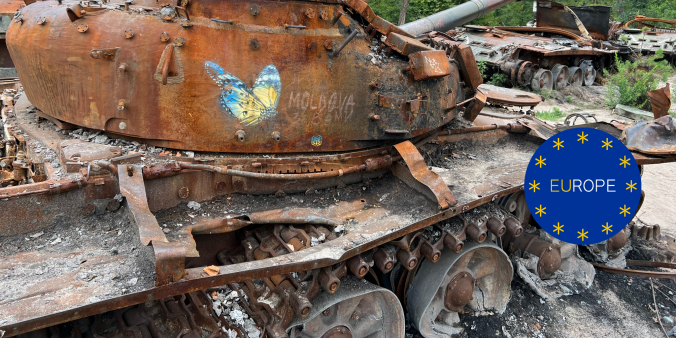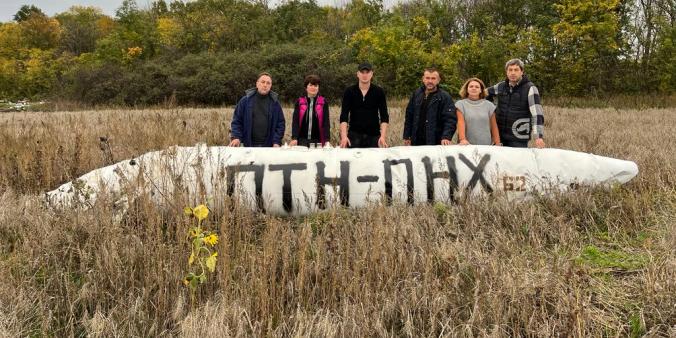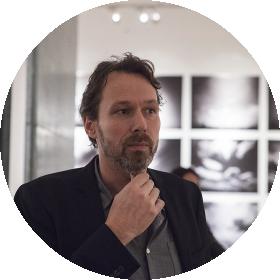
Practical information
Date: Thursday 13 June, 2024
Time: 17:00 - 19:30
Location: Het Huis Utrecht, Utrecht
Language: English
What role do regional museums near the frontlines play, now and afterwards? How do they share narratives of oppression and the destruction of (regional) identity? And how do they create new ones?
Regional Ukrainian museums play an important role in the country. They also face enormous challenges. For example, the Kharkiv region is heavily under attack at the moment. Besides personal tragedies, they suffer great cultural losses from the full-scale invasion by Russia. The challenge is to balance safety for themselves and their families, support staff members joining Ukraine's armed forces, support local communities, protect their important collections, and create new narratives for this changed reality.
The country’s regions are large, and the museums representing local heritage and identity, especially those in war zones, now play an even more important role. Being under constant siege and having their cultural heritage destroyed means it’s crucial for them not just to collect and represent the artefacts and evidence of war, but also to tell new stories. To do so, they must reconsider their role and help reinvent regional identity and multiperspective history. These narratives are vital for the whole Ukrainian cultural and national identity.
Join our event
We have invited five Ukrainian museum directors and curators from prominent regional museums for a week-long international visitors programme to share their stories and exchange experiences with the Dutch cultural field. During our public programme and network event on Thursday 13 June, you are welcome to meet them personally and discuss the questions mentioned above.
Kateryna Chuyeva, independent museum expert and former vice-minister of culture of Ukraine (2021-2023) will hold a keynote speech: How War Transforms Museums and Their Role in Society. Our moderator is Arnoud Odding, researcher and independent museum strategy advisor.
Programme
- 17:00 Introduction by Kirsten van den Hul, director at DutchCulture, and Tijana Stepanovic, Advisor Central and Eastern Europe at DucthCulture
- 17:05 Introduction by moderator Arnoud Odding, researcher and strategic advisor for museums
- 17:10 Keynote by Kateryna Chuyeva (independent museum expert and former vice-minister of culture of Ukraine from 2021-2023). How War Transforms Museums and Their Role in Society: Museums of Ukraine preserve national treasures and the country's long cultural history, from the Stone Age to today. Since 2014, and especially after 2022, Ukrainian cultural professionals have faced many challenges, including the loss of loved ones and homes, occupation, destruction, and looting of heritage. In these times, culture provides essential inspiration, mental support, resilience, and motivation. You are invited to reflect on how war transforms museums and their role when a nation's heritage is in danger.
- 17:35 Q&A
- 17:40 Presentation by Dr Valeria Lavrenko (deputy director of research at Dnipropetrovsk National Historical Museum, Dnipro). Exhibitions in the Underground, Concerts on Stairs, Humanitarian Hub and "Babas", Saved from the Mortar Shelling.
- 17:50 Presentation by Kostiantyn Dubin (head of the exhibition department at M. F. Sumtsov Kharkiv Historical Museum, Kharkiv). The Impact of the War on Museum Practices: Kharkiv's situation during the first weeks of the full-scale war, the current state, and the war's impact on museum staff and efforts to protect cultural assets from front-line zones. It will also address the museum's focus on historical memory during wartime.
- 17:55 Presentation by Yuliia Kravchuk (senior researcher at Vinnytsia Regional Museum of History and Nature, Vinnytsia). Title to be announced.
- 18:00 Video presentation (English subtitles) by Olga Rubliova (senior researcher at Odesa Regional History Museum, Odesa). Despite All, We Work: about traditions and innovations.
- 18:05 Panel discussion and Q&A. Panellists: Kateryna Chuyeva, Valeria Lavrenko and Kostiantyn Dubin.
- 18:25 Drinks & network opportunity
Due to unforeseen circumstances in Ukraine, cancellation of speakers may occur.
About the museums
The Dmytro Yavornitskiy Dnipro National Historical Museum (Dnipro) was founded in 1949. It is one of the largest and oldest museums in Ukraine. Its collection includes more than 290,000 items. Among the most impressive are the collections of stone sculptures of nomadic peoples of the steppe, Cossack antiquities, and valuables from the turn of the 19th to 20th centuries. The museum features an exposition telling the regional history from the Stone Age to the present. Separate units include the Museum of the Russian-Ukrainian War, the "Battle for the Dnipro" diorama, the Dmytro Yavornytskiy Memorial Building-Museum, the "Literary Prydniprovya" Museum, the Museum Center of O.P. Blavats’ka and her family, and the Museum of the History of Local Self-Government.
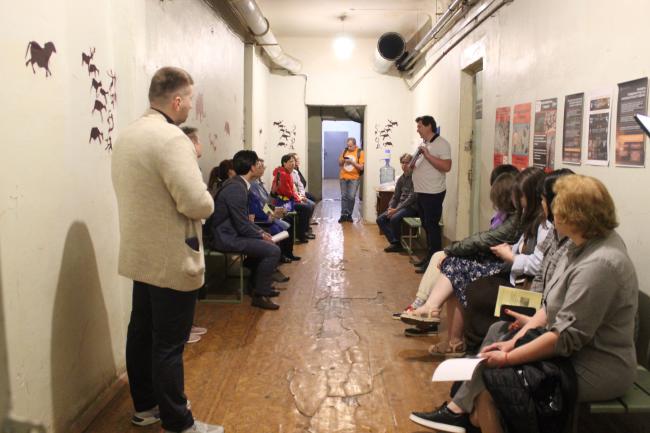
The M. F. Sumtsov Kharkiv Historical Museum (Kharkiv) is one of the largest museums in Ukraine. It holds more than 330,000 artefacts of national and worldwide significance, representing Ukrainian history and culture. Special attention in research is paid to the historical Ukrainian province of Sloboda Ukraine. The museum conducts three archaeological expeditions. Museum exhibitions cover a wide range of historical periods, from the Stone Age to modern times. Currently, the museum's main activity is related to saving Ukrainian cultural and historical heritage from the devastation of the war.
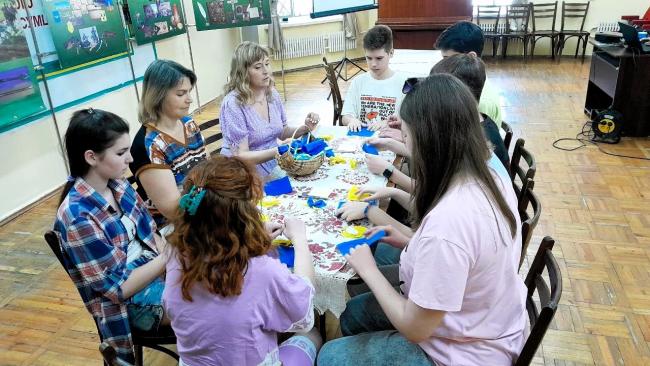
The Vinnytsia Regional Museum of Local Lore (Vinnytsia) was established on May 14, 1918, and is one of the largest museums in Vinnytsia. It is situated within the Mury Historical and Architectural Complex, dating back to the 17th and 18th centuries. The collection comprises over 100,000 items, including 23,000 coins from 40 countries, 7,000 archaeological artefacts such as Bronze Age and Sarmatian jewellery, and unique Trypillian Culture relics. Additionally, it holds 3,500 ethnographic items and more than 22,000 archival items, including manuscripts, posters, newspapers, and books. Its mission as a research, cultural, and educational institution, is to acquire, study, store, and popularize natural heritage, archaeology, history, and material and spiritual culture. It aims to connect citizens to national and world historical and cultural heritage.
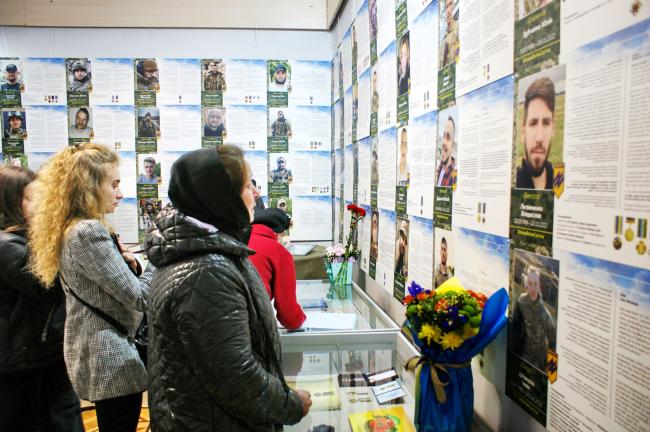
The Odesa Museum of Regional History (Odesa) was built in 1876 by local architect Felix Gonsiorovskiy. The museum's collection includes about 120,000 exhibits and is considered one of the best in Ukraine. It features documents signed by Catherine II, Grigory Potemkin, Alexander Suvorov, Platon Zubov, Mikhail Kutuzov, José de Ribas, and Louis Alexandre Andrault de Langeron. The collection also includes architectural and engineering designs of buildings representative of Odesa, graphic and pictorial works by Odesa artists, and portraiture from the 18th to early 20th centuries by A. Moklakovski, E. Bukovetsky, H. Kuznetsov, G. Chestahovski, and D. Krainev. It also houses collections of icons, weapons, household items, numismatic materials, and cartographic materials.
